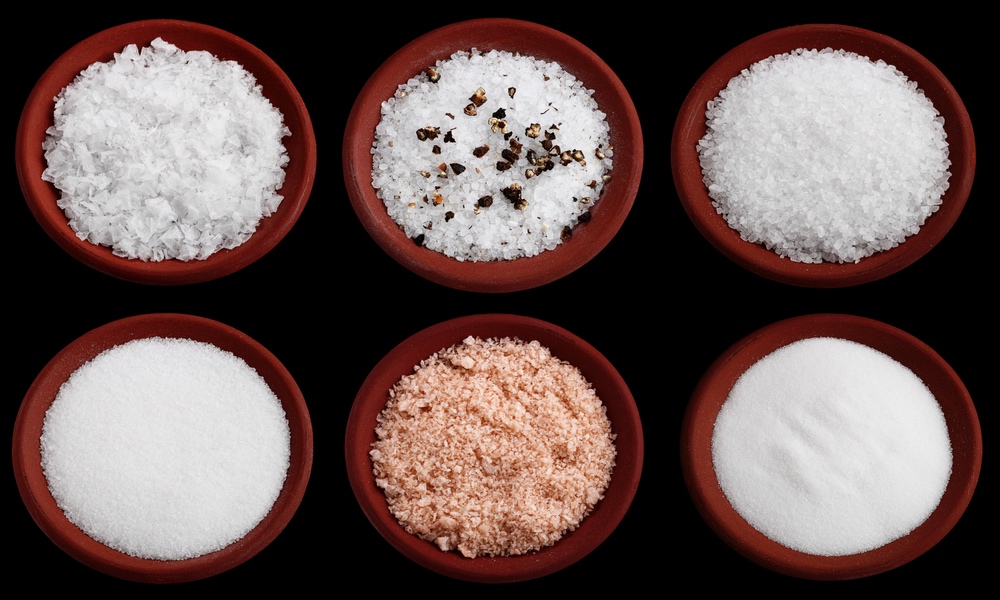“Cut back on salt” is a familiar piece of health advice. Most of us get plenty of salt, much of it added to the foods we eat. But that message may not appy to everyone.
Salt restriction is a fundamental part of the treatment for some medical conditions like high blood pressure. But it may be time to reexamine restrictions on salt intake for certain patients with heart failure. For them, lower intake may not be better after all, a new study suggests.
Sodium, which is one component of table salt, regulates fluid balance in the body. Eating less is generally thought to help people retain less fluid, which helps lower blood pressure and reduces the risk of cardiovascular disease. A low sodium diet generally restricts salt to the range between less than 1.5 grams per day (about ¼ teaspoon) to less than 3 grams (1/2 teaspoon) per day.
About half of all heart failure patients have a condition known as preserved ejection fraction. It occurs when the left ventricle is unable to fill with blood properly causing the amount of blood pumped out into the body to be decreased. The effect of salt restriction on patients who have heart failure with preserved ejection fraction isn’t fully understood because they are often excluded from relevant studies.The idea that people who don’t cook with salt might have more medical issues than someone who does cook with salt goes against everything ever taught about salt.
Chinese researchers set out to explore that connection. Using data collected in the TOPCAT trial, a previous study on treatment for heart failure, researchers studied information collected from just over 1,700 people who had participated in that study, who were 50 years old and above, and who had had heart failure with preserved ejection fraction.
Everyone in the study was asked how much salt they usually added to foods while cooking and were given a cooking salt score based on their answers. Using no salt gave participants zero points; they got 1 point for consuming 1/8 teaspoon of salt; 2 points for ¼ teaspoon, and 3 points for ½ teaspoon or greater. Of course, the lower the score the better, or is it?
Since they already had had heart failure, roughly 50 percent of the participants had a cooking salt score of zero. Over half were men and most were white. Compared to people with a cooking salt score above zero, those who used no salt weighed more and had lower diastolic blood pressure than people with a cooking salt score above zero.
People who used no salt in cooking had more medical problems. They were admitted to the hospital more frequently for heart failure; they were more likely to have type 2 diabetes and poorer kidney function; they were more likely to be on medications to control their heart failure; and more frequently had lower cardiac output as a result of reduced left ventricular ejection fraction.
People who used some salt when cooking had a lower risk of cardiovascular disease or admission to the hospital with heart failure, but their risk of dying for any reason or from cardiovascular disease was no different from people who had a cooking salt score of zero.
The idea that people who don’t cook with salt might have more medical issues than someone who does cook with salt goes against the grain of everything ever taught about salt. Yet the study found certain groups of people saw health benefits due to cooking with salt — people over the age of 70, blacks and other ethnicities.
Though the study was observational and had some limitations, it calls for further investigation. The researchers suggest better studies to determine the best salt intake range for people with heart failure and preserved ejection fraction.
The authors, all in the Department of Cardiology at Sun Yat-sen University First Affiliated Hospital in China, conclude, “Overstrict dietary salt intake restriction could harm patients with [heart failure with preserved ejection fraction] and is associated with worse prognosis. Physicians should reconsider giving this advice to patients.”
The study is published in Heart.





